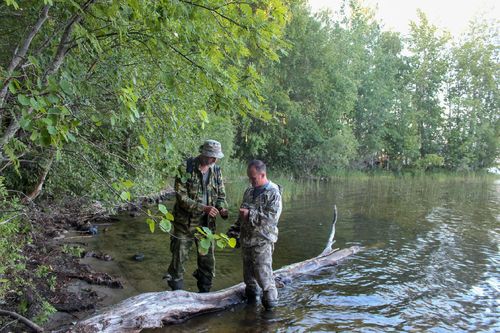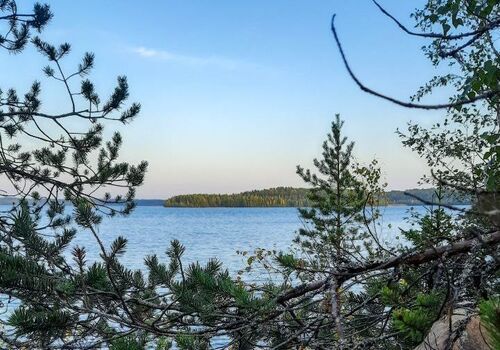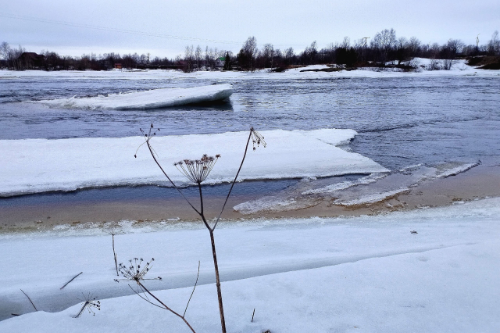– As part of state assignment, our Laboratory for Ecological Monitoring and Modeling performs studies to identify areas in need of a conservation status. Working with forest inventory documents and satellite imagery, we noticed that the Lizh Peninsula has probably preserved an intact area of coniferous forest. This is rather uncommon for Zaonezhye, which has been heavily transformed over the long land use history, – shared Nikolai Petrov, Secretary for Science, Expedition Activities Manager, DMR KarRC RAS.
To check their assumption, scientists performed all the necessary studies on the peninsula within an integrated expedition. Lizh is a long, narrow peninsula in the Kondopozhsky and Medvezhyegorsky Districts. Because of extremely stony soil, its tip has never been populated or used in agriculture. Besides, the territory is part of the 2-km-wide waterside protection buffer of Lake Onego, which has existed for many decades, so there has long been no major forest use there. Owing to these circumstances, quite old forest, by south Karelian standards, has been preserved on the peninsula.
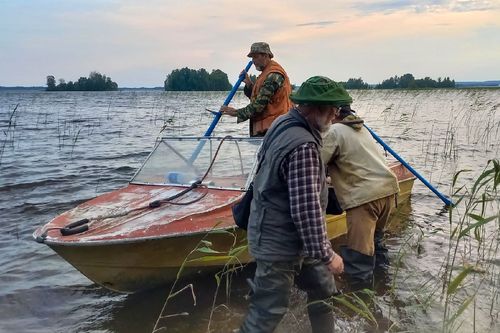
– The forest is rich in downed deadwood – an important factor differentiating forests of high biological value from the less valuable ones. A fairly large group of organisms can live only on downed deadwood. Furthermore, it has to form a continuum of decay stages. The Lizh Peninsula offers quite many of such habitats, since both the dieback of the temporary birch generation and the natural thinning of the dominant spruce are ongoing processes. In some places, uprooted and wind-snapped trees make it hard to move around, but such forests are crucial for biodiversity conservation, – told Aleksey Kravchenko, Senior Researcher at the DMR KarRC RAS Think Tank, Leading Researcher at the Forest Research Institute KarRC RAS.
In terms of forest types, the bilberry types prevail and the vegetation diversity is not very high.
– The surveyed area has no calcareous till like, e.g., in Zaonezhye area. Yet, we managed to find some curious plant species. One of them is the red-listed drooping woodreed – an unexpected finding and, arguably, the most intriguing. There are also several other red-listed species, including the nationally red-listed lung lichen and the regionally red-listed feathery neckera moss. All the named species are recognized as indicators of forests of high biological value. Another noteworthy feature is that this area is totally free of alien, invasive species. The native flora has been preserved, which is a great value, – Aleksey Kravchenko added.
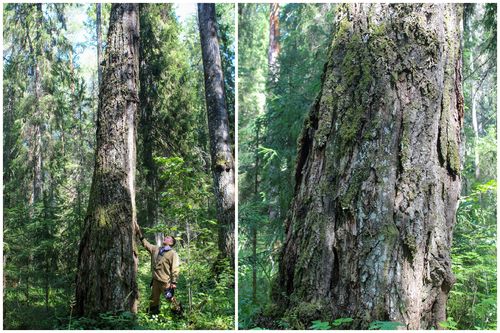
After they have analyzed the material collected during the expedition, scientists will submit the relevant recommendations to decision-makers. The researchers believe the appropriate conservation status for the site would be that of a nature monument. According to the Federal Law “On protected areas”, nature monuments (of federal or regional significance) are unique, irreplaceable natural landscapes of ecological, scientific, cultural and esthetical value.
Photos by Nikolai Petrov / DMR KarRC RAS




